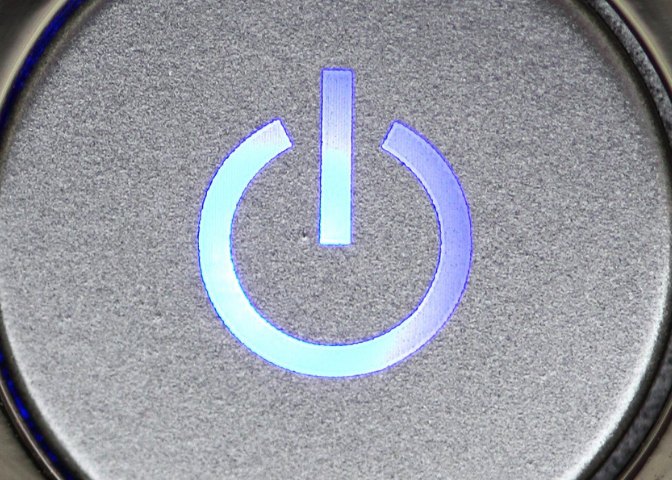Technology as a Utility

Technology is rapidly becoming a standard utility, much like the water and electricity that flows into our homes and businesses. You turn on the switch and you have electricity for a monthly fee that only fluctuates when add that new television or you ‘use’ more power. I.T. is becoming the same way, with the monthly subscription to Office365 or Google Workspace to an I.T. service provider ensuring your systems are usable.
Erik Brynjolfsson of MIT, observes that “IT can change the innovation process itself, “and outlined the four key ways IT is making a difference in the companies’ capacity to innovate:
Radically improved corporate performance measurement: Organizations now have a detailed look at their performance via what Brynjolfsson calls “nano data:” clickstream data, Google trends, detailed e-mail data, and ERP system data, for example. “By studying these data very carefully, companies can have much better knowledge of their customers, of their business processes, of their product quality, and of defects of their supply chains”
Low or no-cost experimentation: The virtual environments enabled through IT allow for testing and simulations at little cost. “You can get at causality in a way that you can’t with just pure measurement and observation. And that, of course, is the gold standard for being able to have actionable knowledge about what’s really happening in your business, what innovations are paying off and which ones aren’t.”
Information sharing: Through new tools such as social networking wikis and blogs, new ideas can quickly be surfaced across the enterprise. As Brynjolfsson puts it, there are “1,001 small innovations that regular business managers and line workers do every day at their jobs.”
Low-cost replication of just about everything: IT makes it possible to quickly replicate the tools and documents that enable innovations to scale up across the enterprise, Brynjolfsson says. Not only does this apply to bits of software and data, but also “business processes themselves.”
“…six characteristics common to utility services, from water and power to radio, television, and internet access:
Necessity. The extent to which customers depend upon the service on a daily basis
Reliability. The presumption that, according to Rappa, “temporary or intermittent loss of service may cause more than a trivial inconvenience”
Usability. Simplicity at the point of use; for example, users do not need to know how electricity powers lights at the flick of a switch
Utilization rates. Coping with peaks and troughs in customer demand, using for example, innovative pricing models that incentivize an even spread of demand
Scalability. Benefits of economies of scale, with larger providers typically realizing lower unit costs that can be passed on to customers
Service exclusivity. Government intervention that encourages the emergence of a monopolistic provider may be a benefit when utilities have significant setup costs or a particular requirement for scale
Whether you have questions about IT as a utility, about designing data centers or networks, or investigating cloud solutions, I Do Information Technology Services can answer your questions. Contact us today!
Get In Touch
Share On Social Media
Other Recent Blog Articles
Blackout Blues: Don’t Let Power Outages Fry Your Electronics (Learn From My Fridge Fiasco!)
We’ve all been there. The lights flicker, maybe a surge, and then… darkness. While a temporary power outage might seem like a minor inconvenience, it can actually pose a significant…
Read MoreThe Tariff Tango: How Import Taxes Can Impact Your Computer Gear
In today’s interconnected world, the price tag on your laptop, monitor, or even that trusty keyboard often reflects a global journey of components and assembly. But what happens when governments…
Read MoreFrom Stumptown to Secure Town: Tech Protection for Portland Small Businesses
As a small business owner in the vibrant Portland metro area, you’re likely juggling a million things. From serving your customers to managing your team and keeping a close eye…
Read More